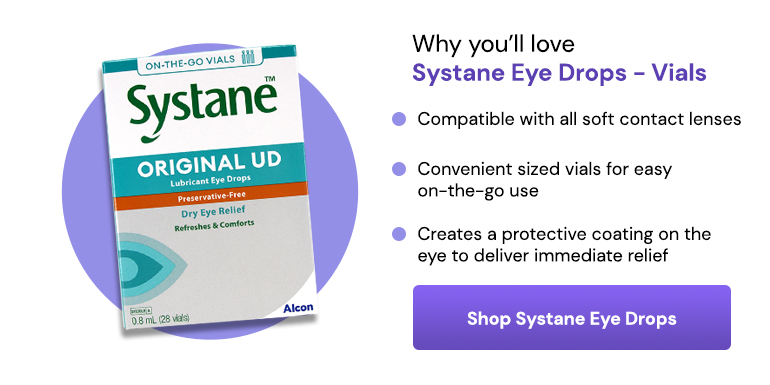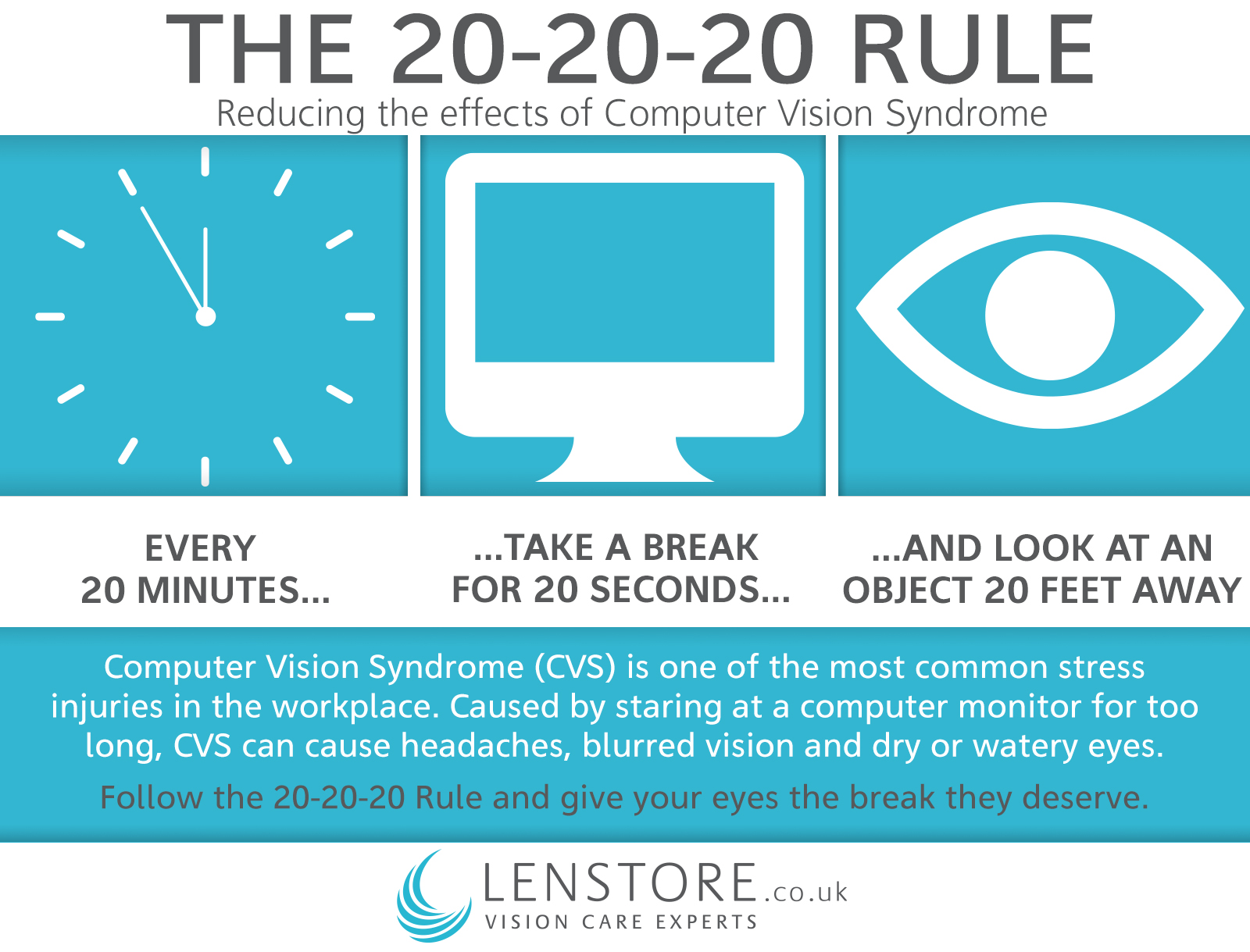How to avoid digital eye strain
Whether for work, news, entertainment, or staying in touch with loved ones, we rely on our digital devices more than ever right now.
However, staring at screens for long periods can lead to headaches, tired eyes and blurry vision — a condition known as Computer Vision Syndrome (CVS). While CVS doesn’t typically lead to serious long-term problems, it can cause discomfort and affect your sleep pattern.
Read on to find out how too much screen time can affect your sleep and the simple steps you can take to keep eye fatigue at bay.
How does screen time affect your sleep?

In simple terms, your body’s internal clock signals when it’s time to sleep and wake up. It takes its cues from the rising and setting of the sun so that your internal and external clocks coincide.
Melatonin, a sleep hormone, works with your internal body clock to help prepare you for sleep. Blue light from smartphones, laptops and TVs can delay the release of melatonin, which in turn, can confuse the body. For this reason, it’s a good idea to avoid using your digital devices at least an hour before bedtime.
Daily habits to help reduce eye strain
Take frequent breaks
Research has shown that we tend to take fewer breaks when working from home. Though breaks might seem counterproductive, they're more important than ever in a world of constant connectivity.
Sitting in the same position for a long time can lead to feeling tense and achy, especially across your back, neck, shoulders and arms. And it can also cause headaches and dry eyes.
Aside from the health benefits of taking regular breaks, it's also scientifically proven to boost focus and productivity. Try taking 10-minutes at least once every hour. Stand up, stretch, move your body or meditate.

Follow the 20-20-20 rule
The 20-20-20 rule is a method that gives your eyes a regular break from looking at the computer screen, helping to reduce the risk of Computer Vision Syndrome. It involves taking a break for 20 seconds every 20 minutes, looking at something 20 feet away.
There are several apps and tools you can use to help you adopt this habit. Workrave is a free program that regularly alerts you to take micro-pauses and rest breaks, helping to prevent CVS and Repetitive Strain Injury, and F.lux adjusts the glow of your monitor based on the time of day.

Move your monitor
The position of your computer monitor is important for both your posture and your eyes. Having the monitor too low, too high, too close or too far away can give your eyes a lot more work than necessary.
Your monitor should sit about an arm’s length from your face. It should also be placed directly in front of you, rather than slightly to the side of your sitting position.
Most people find it more comfortable to look slightly down at a computer monitor, rather than up or directly ahead. Position your monitor at around 10-20cm below your eyes to keep your neck in an optimal relaxed state.

Reduce glare
Having glare on your computer screen is not only irritating, but it can also wreak havoc on your vision. But there are a few easy ways to reduce glare:
- Turn your work area away from a light source.
- Many monitors are designed to be anti-glare, but it’s also possible to attach an anti-glare screen to your existing monitor.
- Glasses wearers can use lenses with an anti-reflective or blue protective coating, which helps to reduce glare.

Adjust your screen settings
Leaving your computer monitor on its factory settings isn’t the best idea when it comes to reducing the risk of CVS. Additionally, if you’re still using an old cathode ray tube monitor (your typical old computer screen), it’s time to upgrade to a modern LCD screen, as they’re much better for your eyes.
Your monitor should also have adjustable display settings. Adjusting the colour temperature to reduce blue colours can help to reduce vision problems. Short-wavelength light (linked with bluish colours) is more closely connected to eye strain than long-wavelength light (linked with reddish colours). Too much blue light can also reduce contrast, meaning your eyes must work harder to look at the screen.
Try to match your screen brightness to your surroundings – too bright or dark can put an unnecessary strain on your eyes. Further, avoid sitting in front of a window or other bright sources of light, as your eyes may be strained from having to constantly adapt between the two different light intensities.
We hope we’ve helped you to understand what causes digital eye strain and how to prevent it. If you’re suffering from symptoms of CVS, get in touch with your local optician.
Article originally posted in February 2019. It has since been updated.




